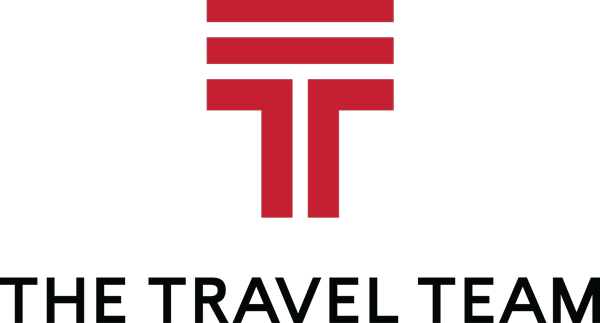For years, corporate travel managers relied on a predictable airline fare structure. Prices were set into limited fare “buckets.” Analyzing historical data allowed travel managers to forecast budgets, identify the best booking windows, and negotiate meaningful corporate discounts.
Now, that static model is shifting. Airlines are increasingly moving toward continuous pricing, driven by advancements in airline retailing technology and the rise of New Distribution Capability (NDC). Continuous pricing enables airlines to offer virtually unlimited price points calculated in real time. While this can sometimes reveal savings opportunities, the reality is that continuous pricing primarily drives revenue optimization for airlines. For corporate travel managers, this evolution introduces new challenges around cost control, price transparency, and program strategy.
What Is Continuous Pricing?
Continuous pricing eliminates the limitations of traditional fare classes. In previous models, fares were assigned to fixed buckets in advance, which often created large jumps between available price points. For example, once all seats in a $200 bucket sold out, the next available fare might be $275, even if demand only justified a price of $225.
With continuous pricing, those jumps disappear. Airlines are starting to adjust fares in smaller increments based on real-time market conditions. Prices are calculated at the moment of booking and reflect factors like seat availability, competitive routes, seasonality, and even traveler profile data. Though this shift could result in more advantageous savings opportunities, it also increases price volatility; prices will be harder to predict or track.
Continuous vs Dynamic Pricing
Dynamic flight pricing has been a part of airline strategy for years. This system sees fares adjusted based on similar factors to continuous pricing. However, the main difference is that these adjustments were still tied to a finite set of fare buckets. Continuous pricing removes that restriction entirely.
For example, you are booking a business class flight for an executive. The company policy for the route is a business class fare up to $1,500.
Dynamic Pricing
Under dynamic pricing, the airline uses a traditional fare bucket system with a limited number of price points for business class:
- Fare Bucket A: $800 (4 seats available)
- Fare Bucket B: $1,200 (6 seats available)
- Fare Bucket C: $1,600 (10 seats available)
When you search for the flight, you secure a $1,200 fare. But when your coworker tries to book a similar flight for another team member, all of the seats in the $1,200 bucket are sold out. The lowest available price is now $1,600, which is over budget.
Continuous Pricing
With continuous pricing, the airline’s pricing algorithm can constantly generate rates without limiting them to buckets. The price starts at a lower rate and increases gradually with demand.
In our example, you still see the current price at $1,200 and book the flight. The airline’s system registers the booking and slightly increases the price for the next available seat to $1,225. When a colleague goes to book another flight, the price has risen incrementally to $1,275 instead of jumping up to $1,600 like in the dynamic pricing model.
Continuous pricing can make fares feel less predictable because they change more frequently. At the same time, this model also reduces the drastic jumps you might see with traditional fare buckets. Instead of a $400 overnight increase, you might see a series of smaller changes throughout the day.
What Continuous Pricing Means for Business Travel Programs
Continuous pricing brings both opportunities and challenges. On the positive side, smaller fare increments can sometimes reveal lower prices that weren’t available under traditional models. These more nuanced price points may help locate lower fares for certain trips. Additionally, through NDC-enabled channels, airlines can tailor offers to corporate clients by bundling perks such as extra baggage, lounge access, or flexible change terms.
However, continuous pricing also introduces new complexities. Greater price volatility can make it harder to predict spending and build accurate budgets. Some offers may only be visible in NDC channels, reducing transparency and complicating fare comparisons. Adoption of this model is still uneven, leading to inconsistent availability across airlines or routes.
Partner With The Travel Team
As the airline industry continues to embrace continuous pricing, having the right team on your side is invaluable. Our advisors bring a wealth of knowledge and experience in group and business travel logistics, helping you maintain cost control and keep your travel program policy compliant. Contact us today to learn more!


